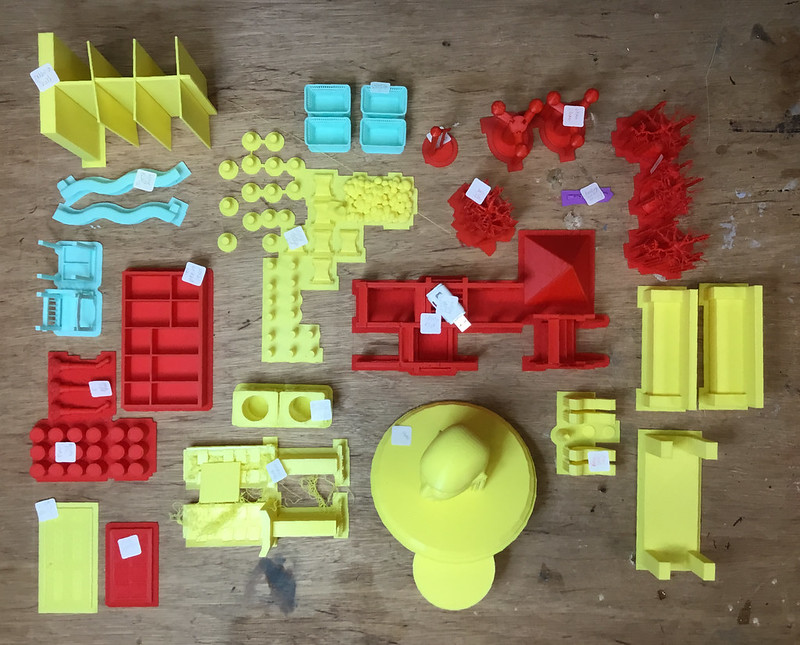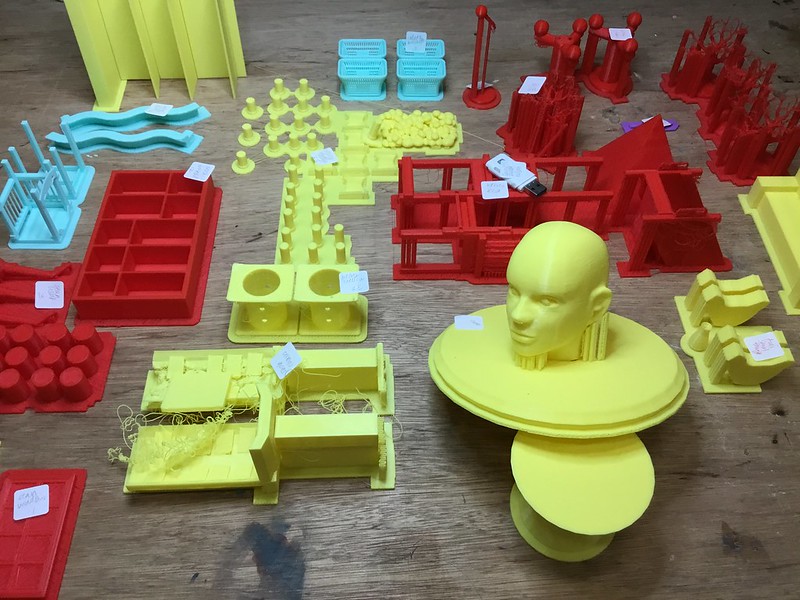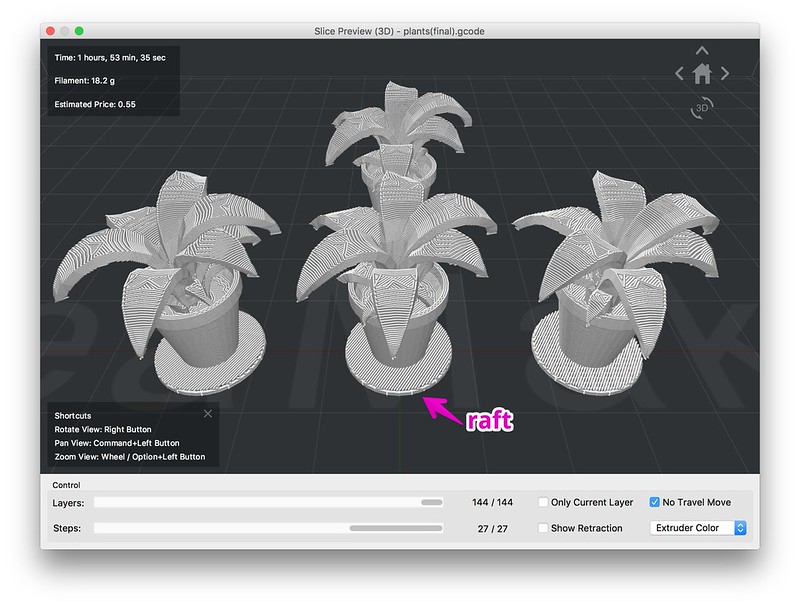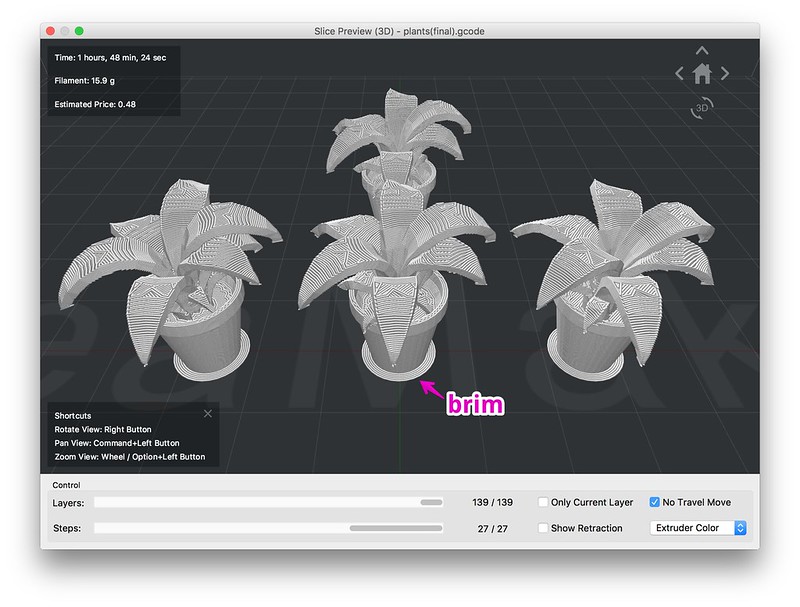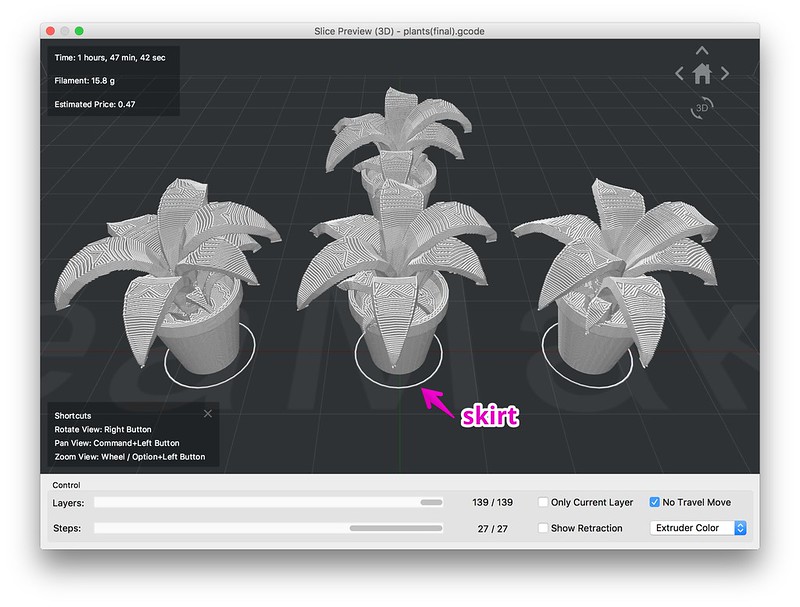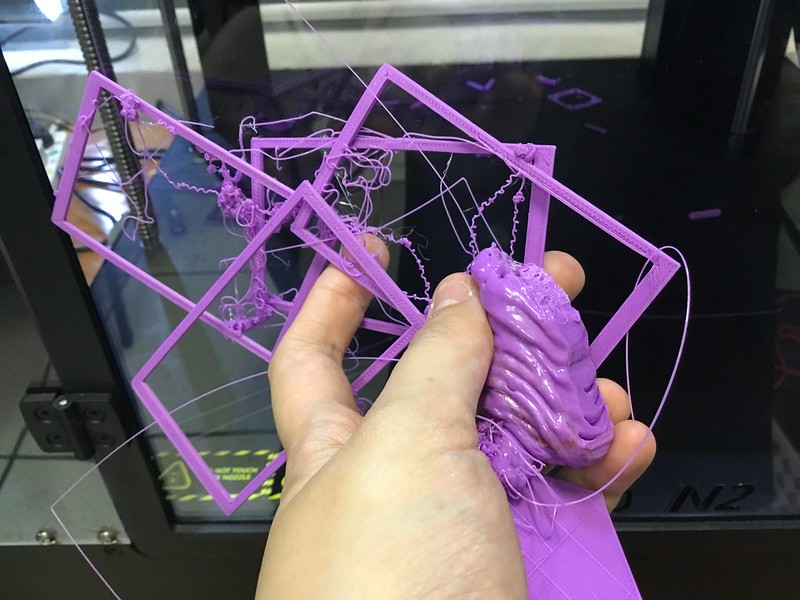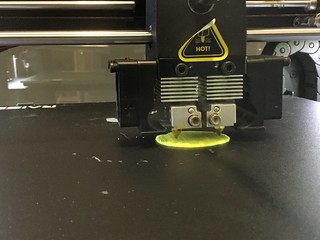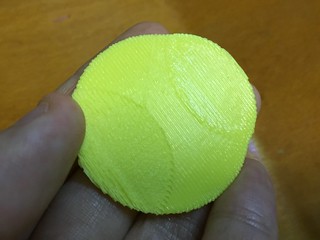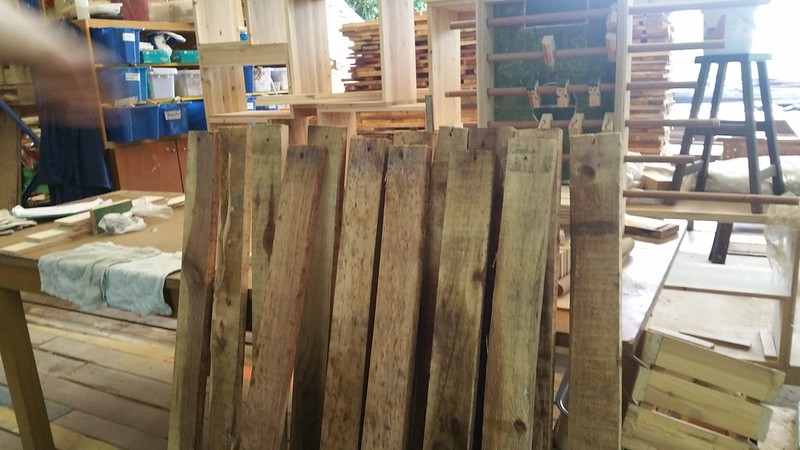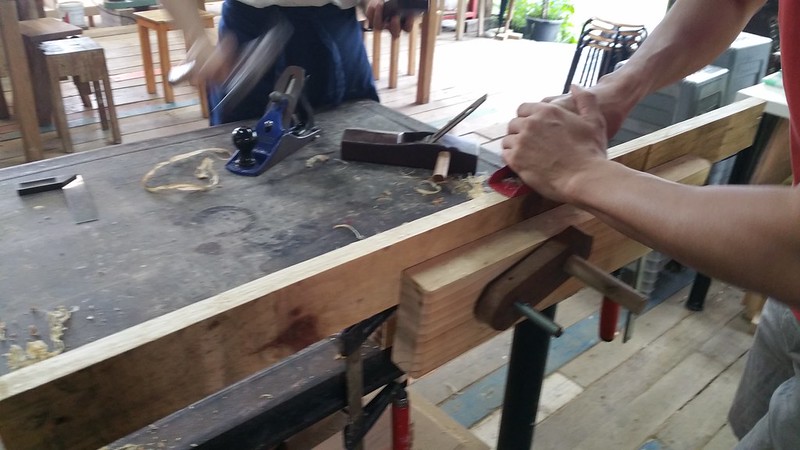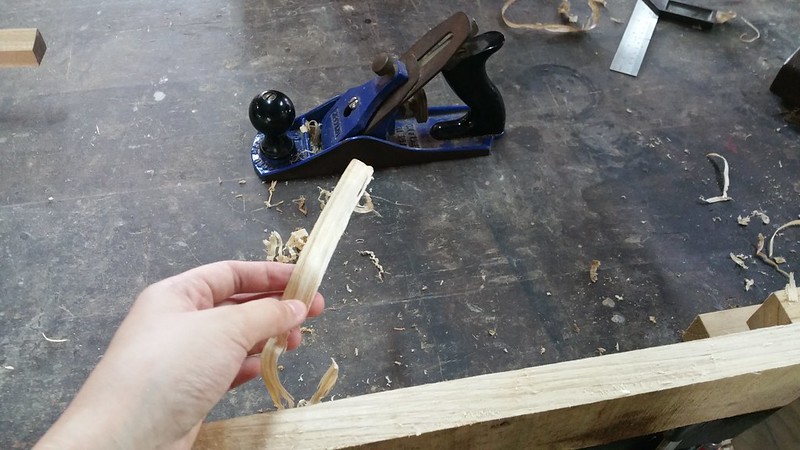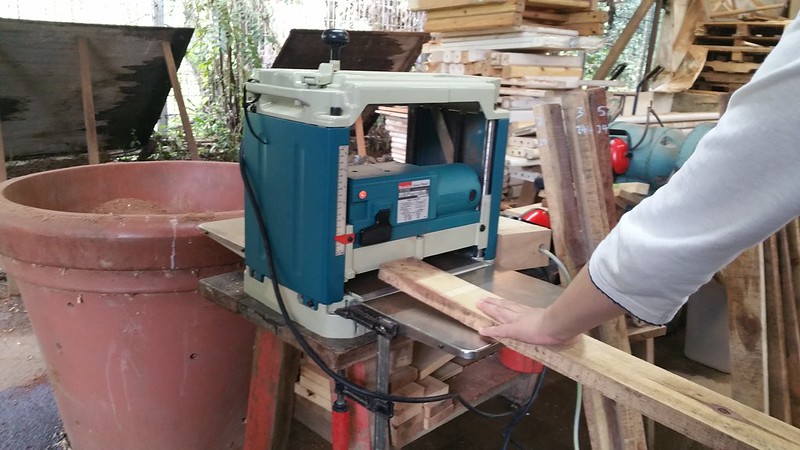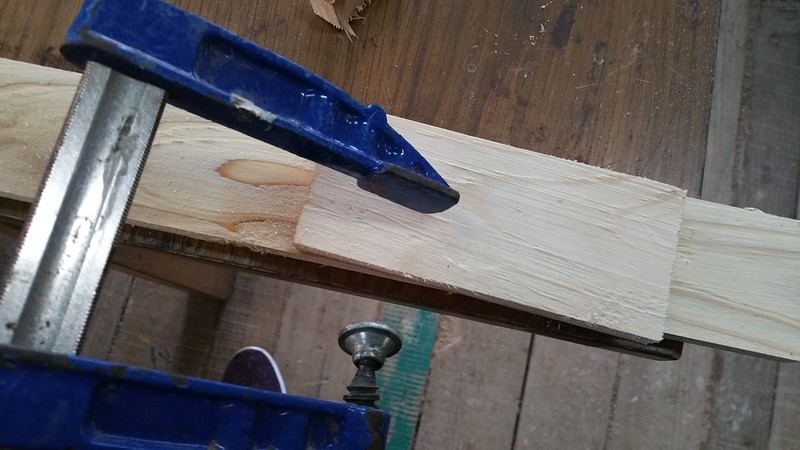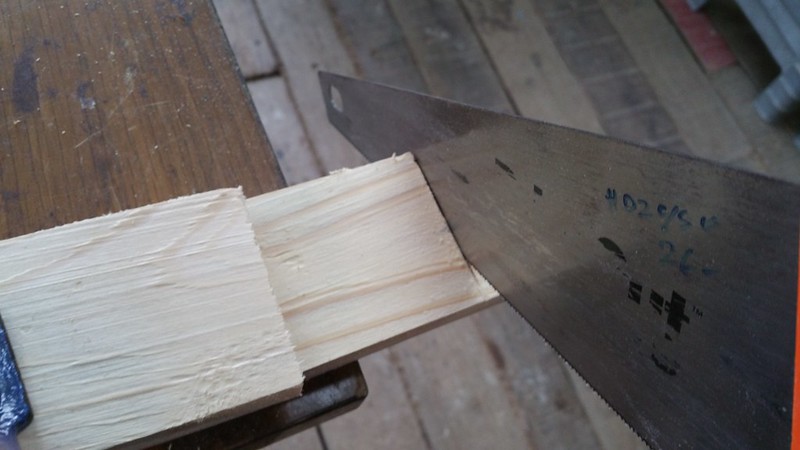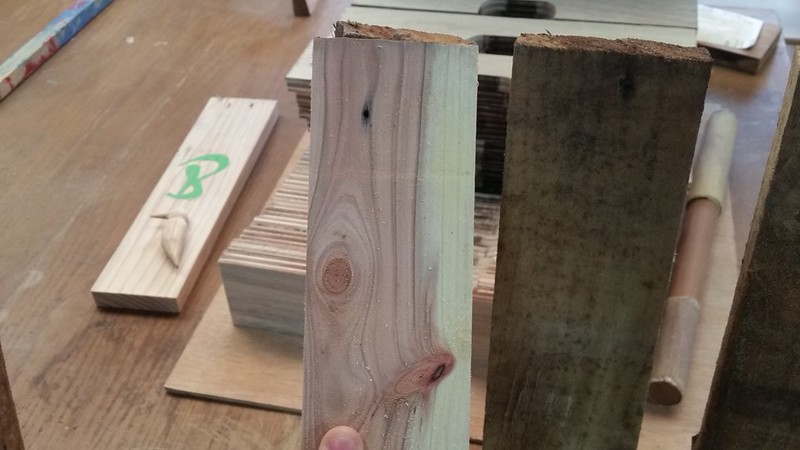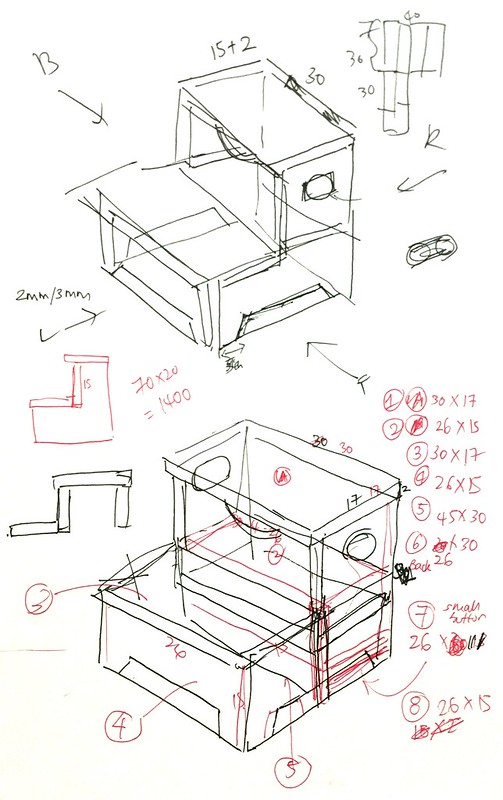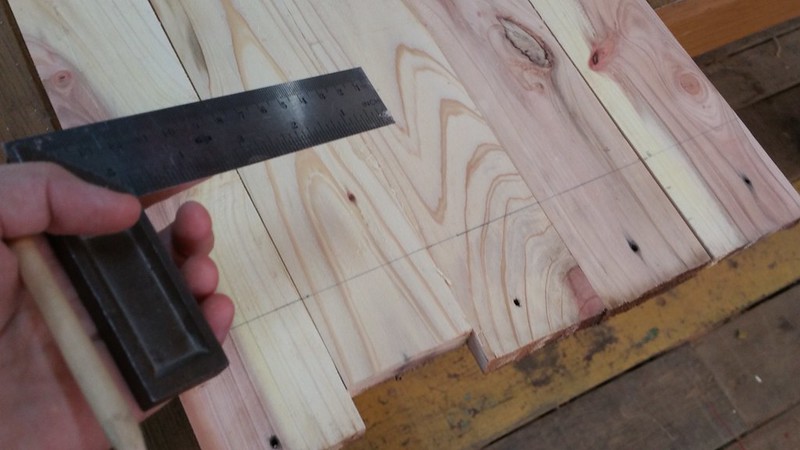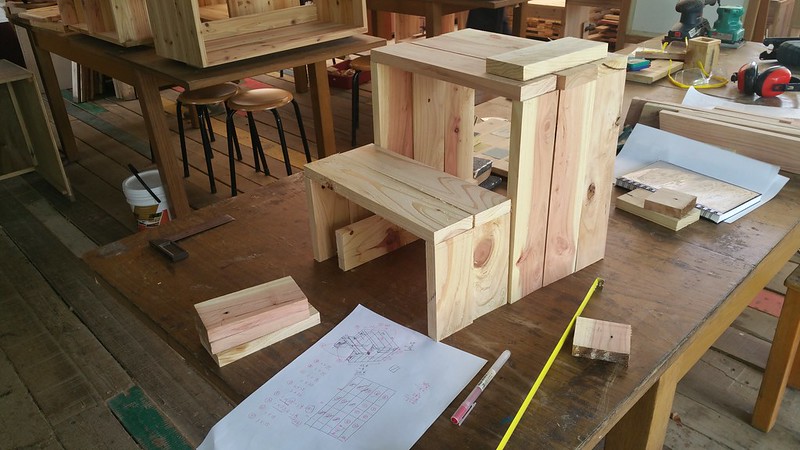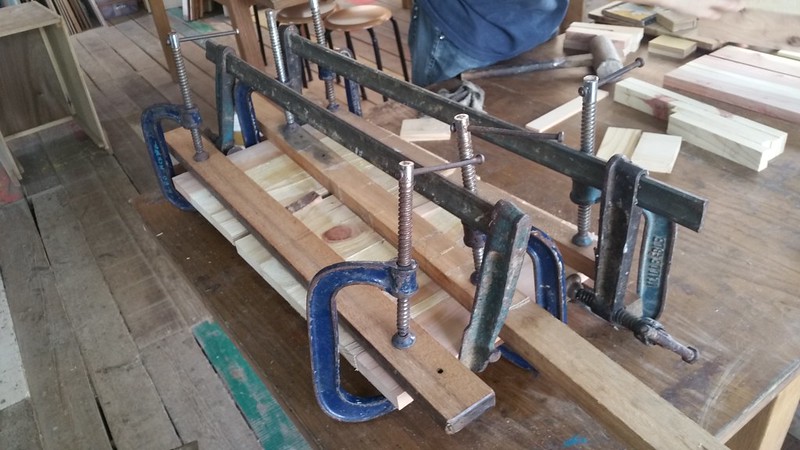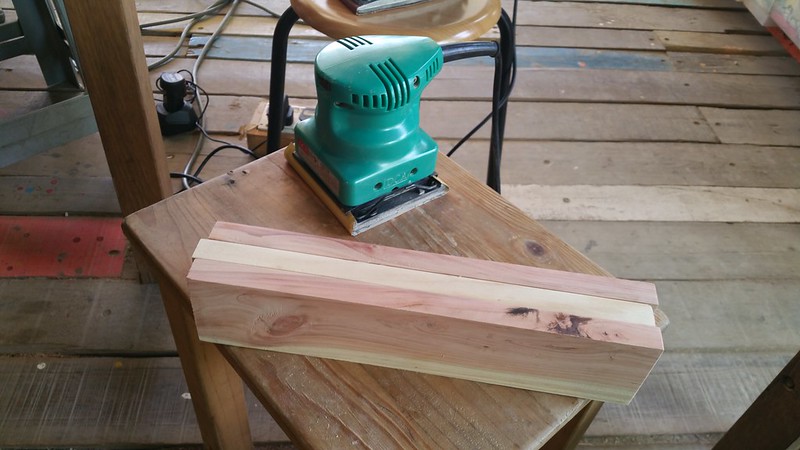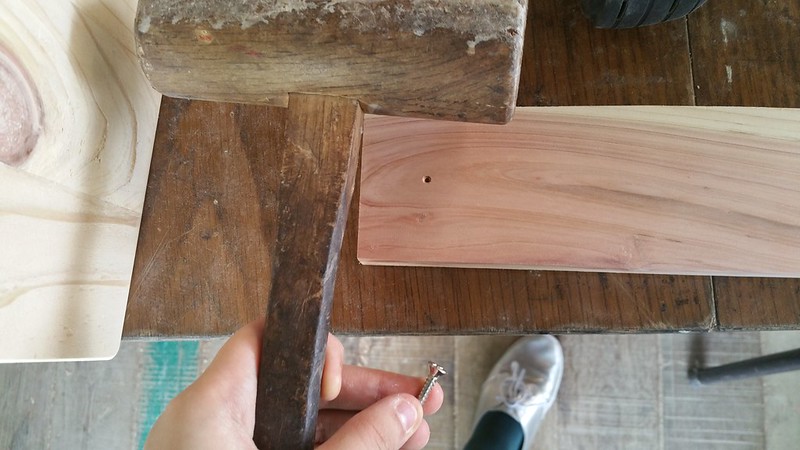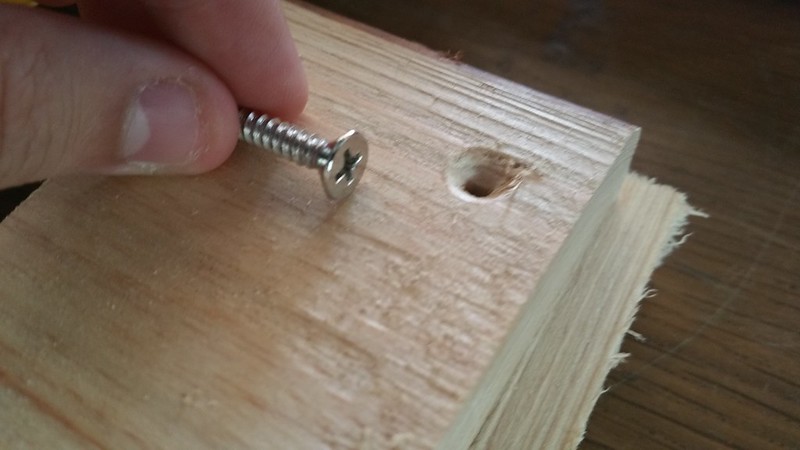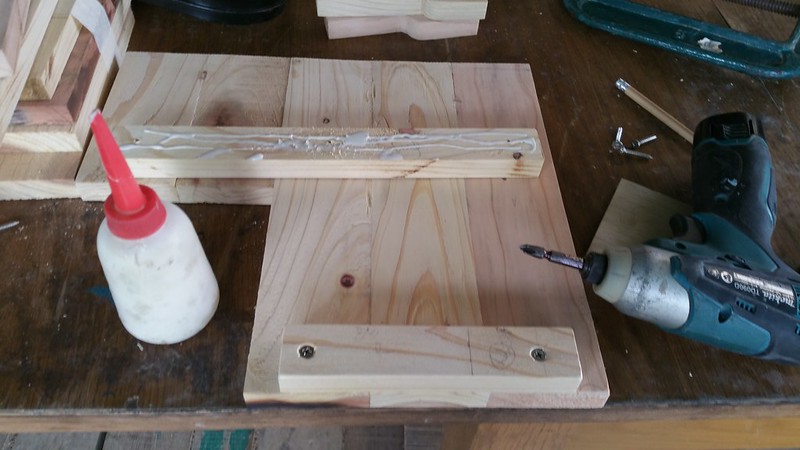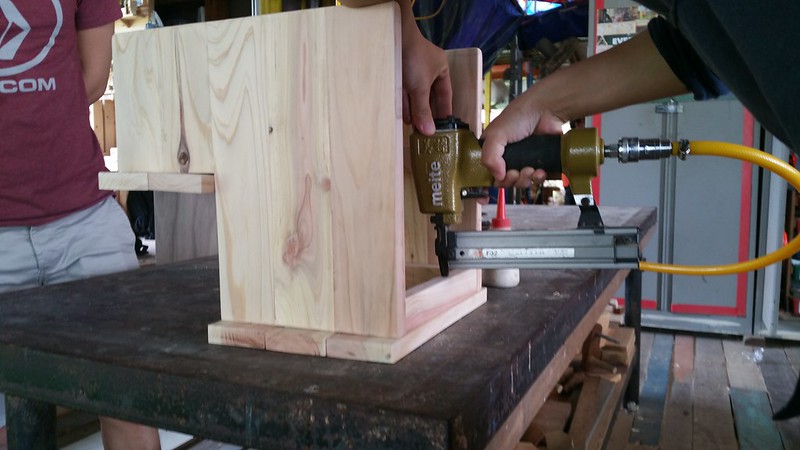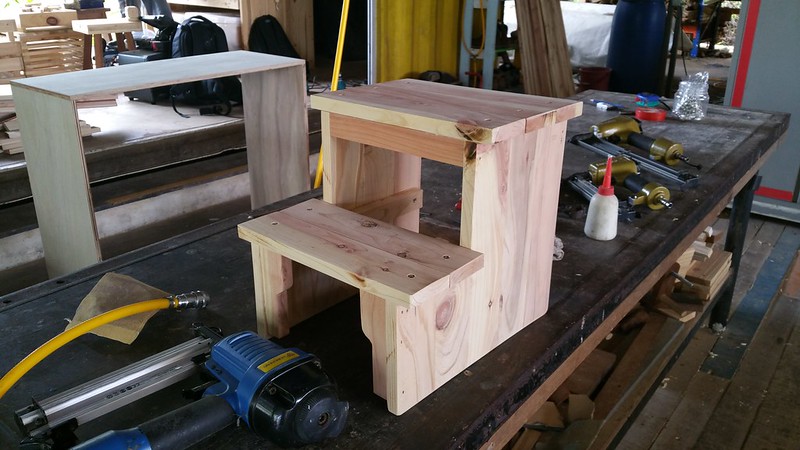
If we had to give our walks a ranking of enjoyability, this would not be one of them. I say this because whilst we were on this walk, George actually told me that outright. "Debbie, if we were to give our walks a ranking of enjoyability, this would be one of the worst ones so far, where is the nearest MRT, I'd like to go home now please".

We began this walk at the Oval at Seletar Aerospace park, which had an airplane themed playground not so far away from the actual seletar airport itself, where you can watch small private/chartered planes taking off and landing. It started off quite promisingly...
Seletar Airport was the home of a Royal Air Force station in Singapore (1928-1971). During WWII it was one of the sites targeted with carpet bombing. For some time it was the first international airport in Singapore (before Kallang Airport) and after the British pulled out of Singapore it was handed over to RSAF. There had been proposals to lengthen the runway so as to be able to receive the 737 used by a lot of budget airlines but those plans were canned and instead the new passenger terminal being built in Seletar will be mainly for those using smaller and slower planes.


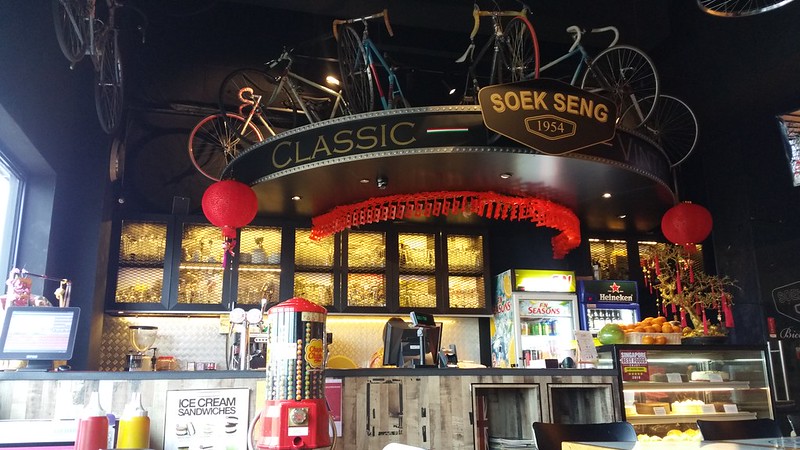
We got to Soek Seng Bicycle Cafe which I suppose has a lovely view and could be something to look forward to at the end of a long bicycle ride, but for pedestrians on the long stroll I have to say there are not so many redeeming factors. This area seems designed for cars and planes, and not so much for people to walk on foot to explore.
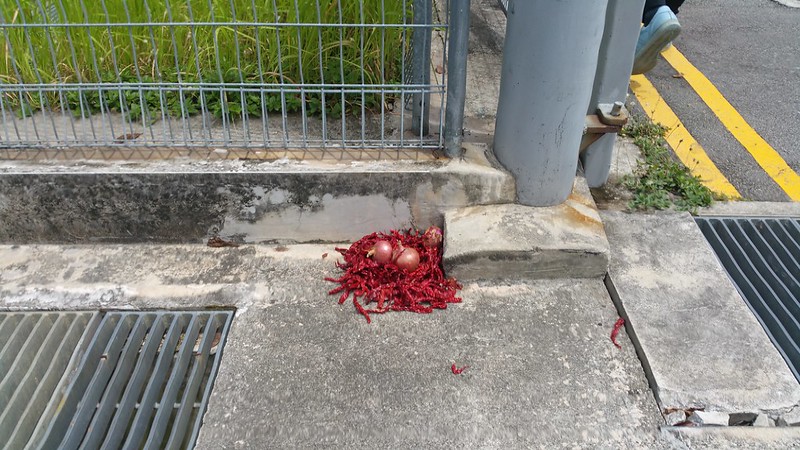
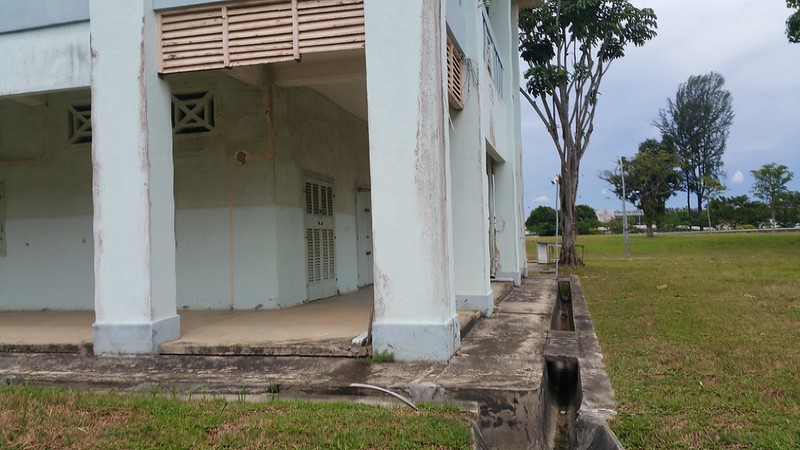
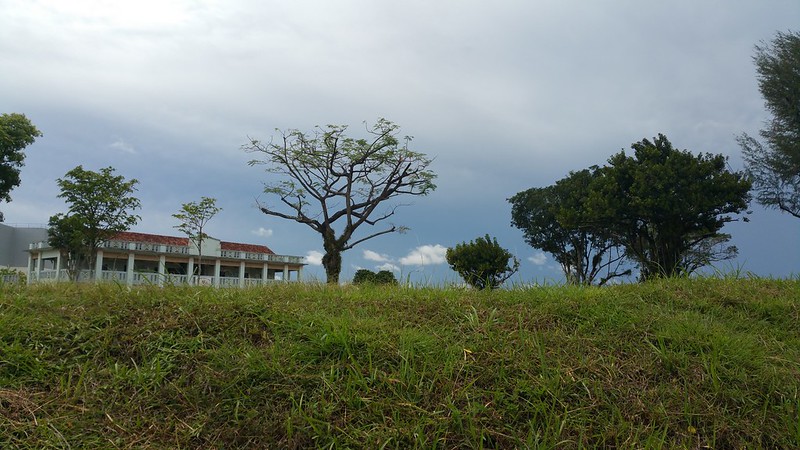
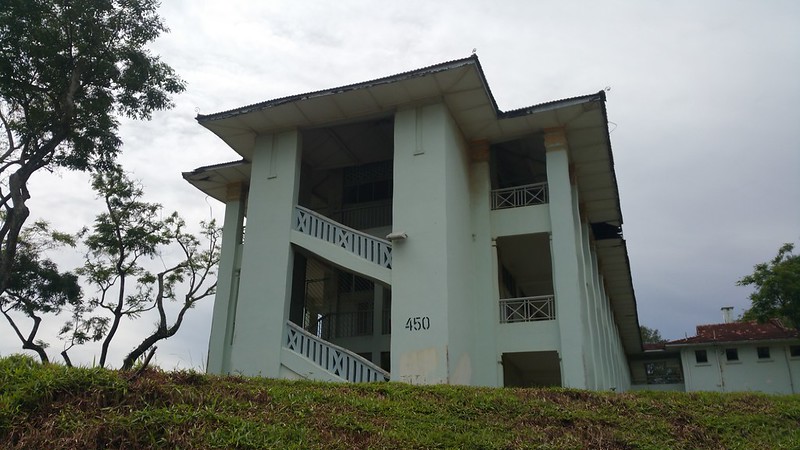
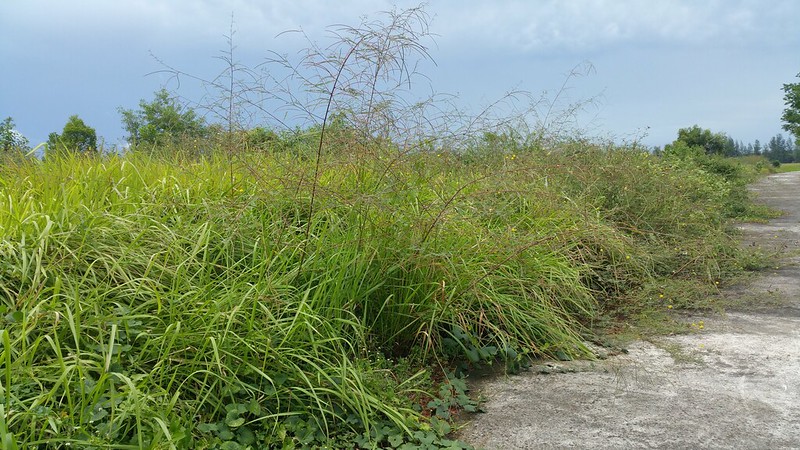
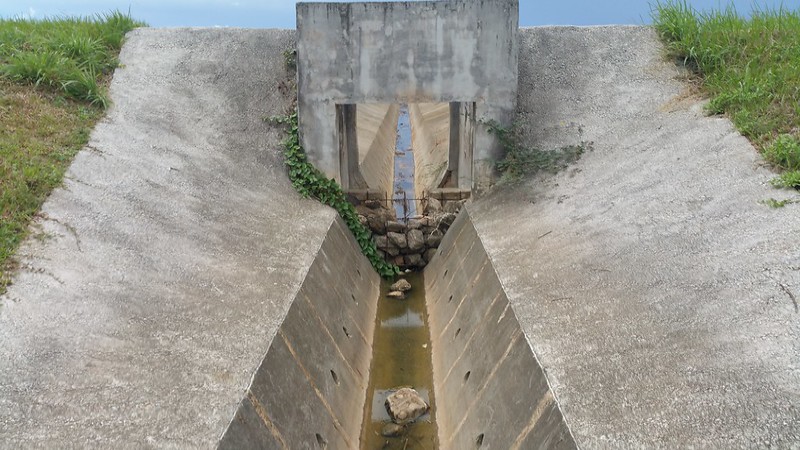
At the end of a very long meander down lots of old Seletar camp buildings (with nearly no other humans besides workers in a nearby construction site and some cyclists speeding past), we ended up at a dead end that overlooked the waters with absolutely no way for us to cross it.
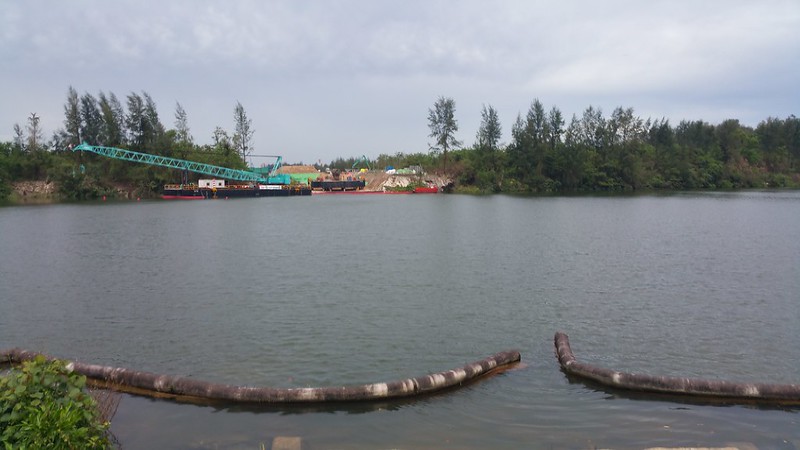
Since it was home to the RAF base there are remnants of black and white houses which were used to house the British RAF servicemen/women and their families - and many road named after places in the UK:

Behold as we walk down the bustling busy surroundings of Edgware Road
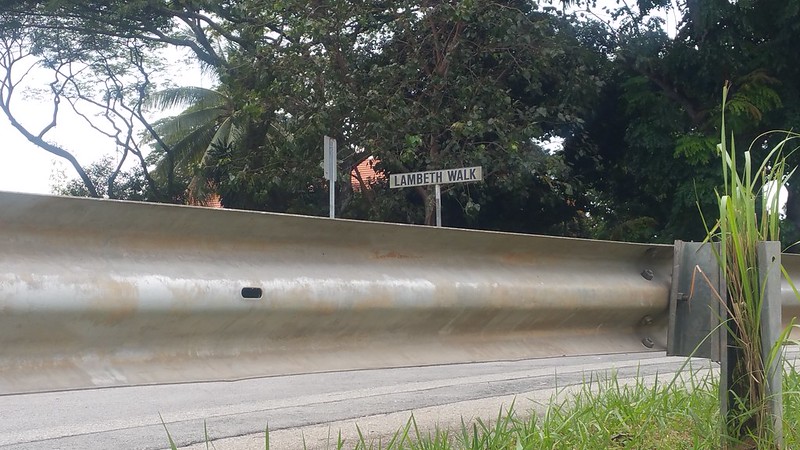
Let's do the lambeth walk down Lambeth Walk
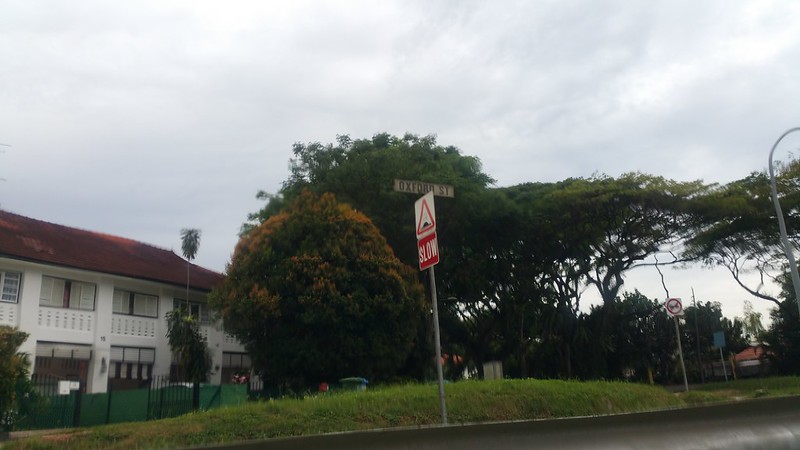
What about a hugely exciting walk down the lively Oxford Street

As Oscar Wilde did write in Dorian Gray: "As I lounged in the Park, or strolled down Piccadilly, I used to look at everyone who passed me, and wonder, with mad curiosity, what sort of lives they led. some of them fascinated me. Others filled me with terror." The terror of a walk down the nether regions of Seletar to a dead end construction site - where the adjacent waterways smelled strongly like human sewage and the roads were given names like Piccadilly, Maida Vale, Regent St, Baker St, Park Lane, St Martin Lane, Battersea....
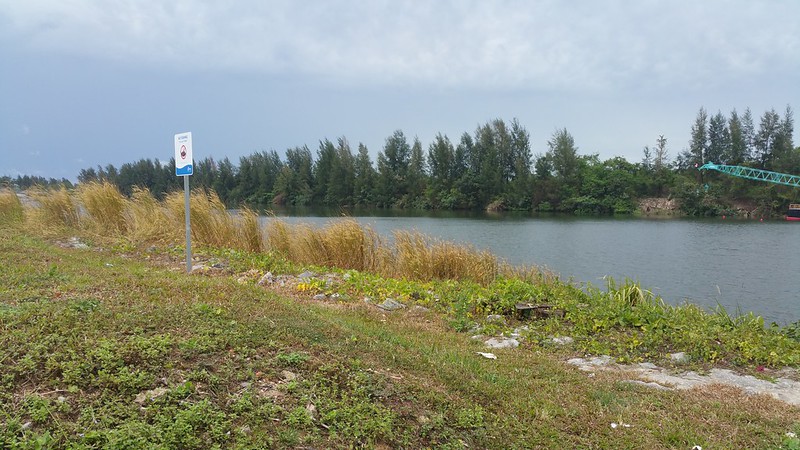
Welcome to Piccadilly in Seletar, Singapore



